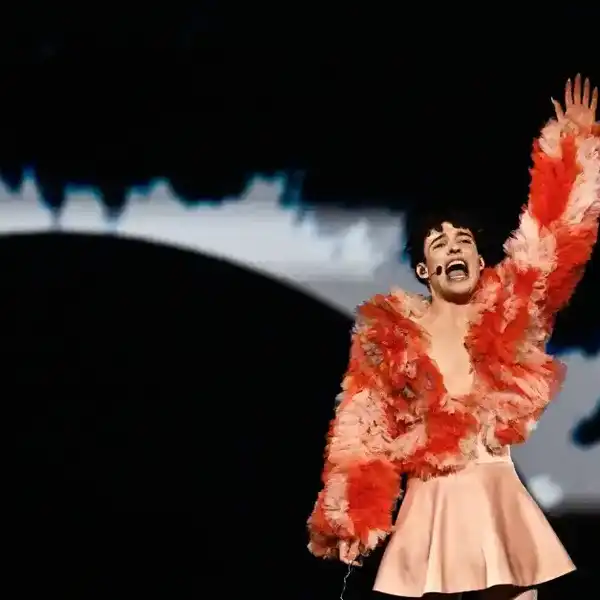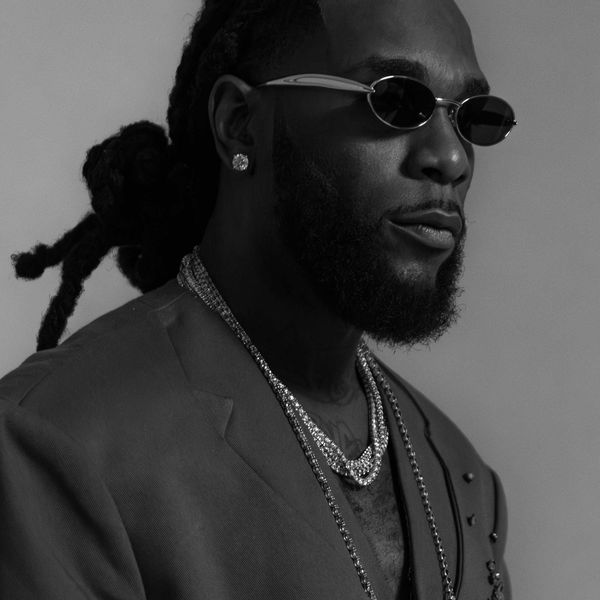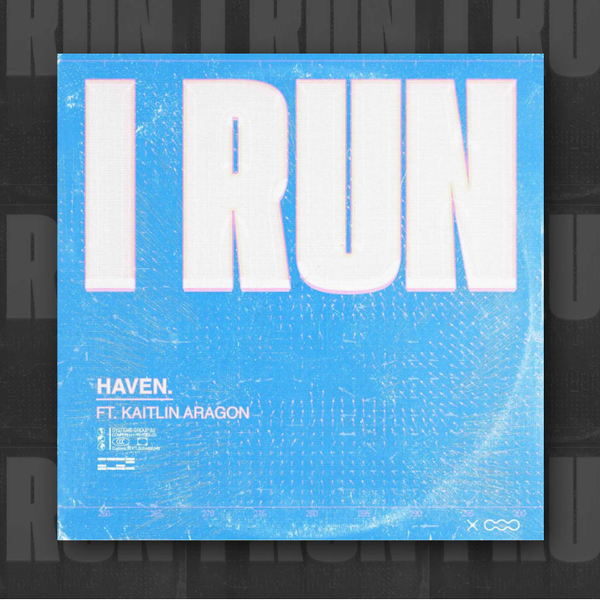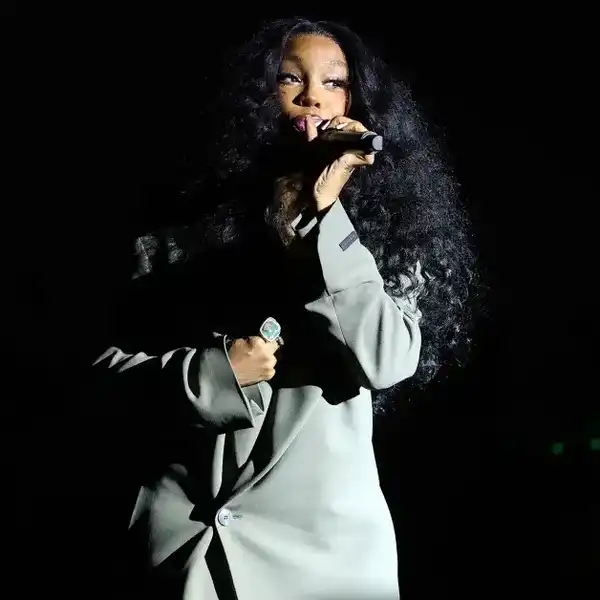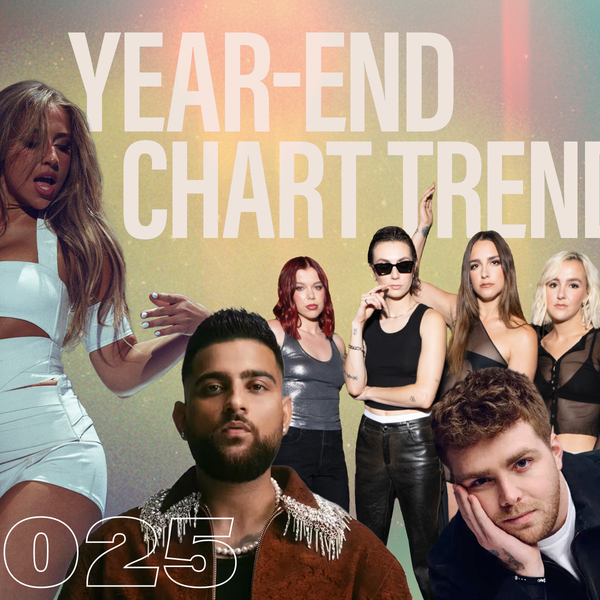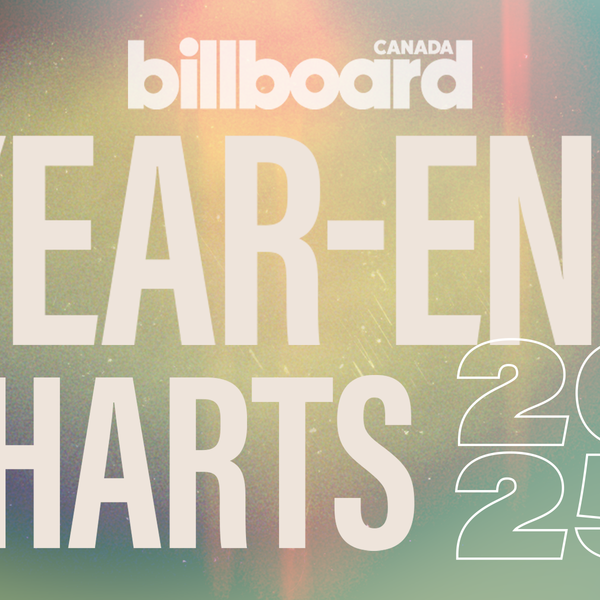Childish Gambino Bending The Rules In ‘This Is America’
Great art is supposed to make us uncomfortable in the moment because there is no growth inside comfort zones and safe spaces. You can’t push the conversation forward if you’re dancing around it (Hence Glover’s dancing metaphor for distractions in “This Is America”).

By External Source
Donald Glover bent the universe on Saturday night (5/5), rearranging the whole conversation by demonstrating not just how many aspects of creative excellence he has mastered—actor, comedian, writer, director, producer, singer and songwriter (thus certifying his influence on popular culture as undeniable)—but also his unique ability to simultaneously operate at two extremes: from the broadest levels of Star Wars, Disney and 30 Rock to the raw vibes of Atlanta and his Childish Gambino music. And this artist stays unflinchingly honest about a central life experience in it all: being black.
“This Is America,” made with Atlanta director Hiro Murai, has tapped a nerve in everyone who has seen it; a reflex of both outrage and a cry for humanity, this video simply bangs on your equilibrium. How amazing that Glover used that rarified access to one of the most mainstream network broadcast pulpits available, enacted his prodigious talent for communicating a layered, critical message in an entertaining way in every skit he did for SNL, and then launched one of the most thought-provoking, disruptive, viscerally painful commentaries about the Black Experience we’ve encountered yet.
Great art is supposed to make us uncomfortable in the moment because there is no growth inside comfort zones and safe spaces. You can’t push the conversation forward if you’re dancing around it. (Hence Glover’s dancing metaphor for distractions in “This Is America”). You cannot have a breakthrough without breaking things apart—whether they be whole constructs, imbedded beliefs or powerful emotions. In fact, any culturally significant creative piece of work is rarely recognized in the moment as such when it appears in the world; artists behind these levels of endeavor systematically faced controversy, indignation and outrage in their lifetimes.
What is so extraordinary about this era in American music—and what someday will surely be distilled through the prism of time—is the masterful rebellion and unflinching reality expressed about being black in America by some of our most popular artists. It’s heroic because what they are doing is distinctly risky—this is not music that occupies underground movements, like back in the day of N.W.A. That may have been the case before hip-hop culture became mainstream—but now that it’s the voice of (two) generations and has spawned its own billionaire and multiple moguls, not to mention unrivaled commercial power. This uniquely African-American art form is currently the force that flows everywhere, from Top 40 radio to Saturday Night Live and the front page of The New York Times.
When Jay-Z taught economic empowerment via wealth management with 4:44, when Kendrick Lamar made To Pimp a Butterfly and then won a Pulitzer for describing similar life experiences with DAMN., when J Cole lectured the youth with KOD’s “1985,” and as Childish Gambino showed us exactly how “This Is America,” they are first speaking to their peers who face the same obstacles. If you are white, that shit really ain’t for you—but that shit is for you to LEARN. Beyoncé absolutely embodied this concept – Continue reading Glover/Gambino: The Trigger of Great Art by Michelle Santosuosso in Hits Daily Double


